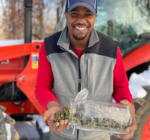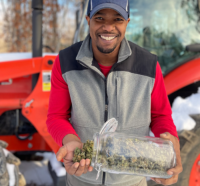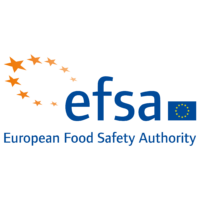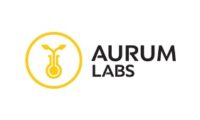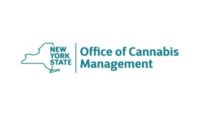At the 10th Annual NoCo Hemp Conference and Expo, held in beautiful Estes Park, Colorado this year, educational panels included a wide array of topics covering both the fiber and industrial potentials of hemp products as well as the plant’s supplemental and dietary applications. Our attention was focused on consuming the policy and regulatory discussions held throughout the day on Thursday, April 11. The panels brought together “prominent stakeholders and thought leaders to explore the ever-evolving regulatory framework, innovative research initiatives, and the imminent implications of the upcoming 2024 Farm Bill for the hemp industry.” The day of panels brought together economists, prominent lawyers, regulatory health experts, and more. The array of speakers could be perceived to have disparate interests whereas, throughout the day, each panel brought valuable perspective and insights with a common theme: the need for collaboration and minimum standards for market certainty.
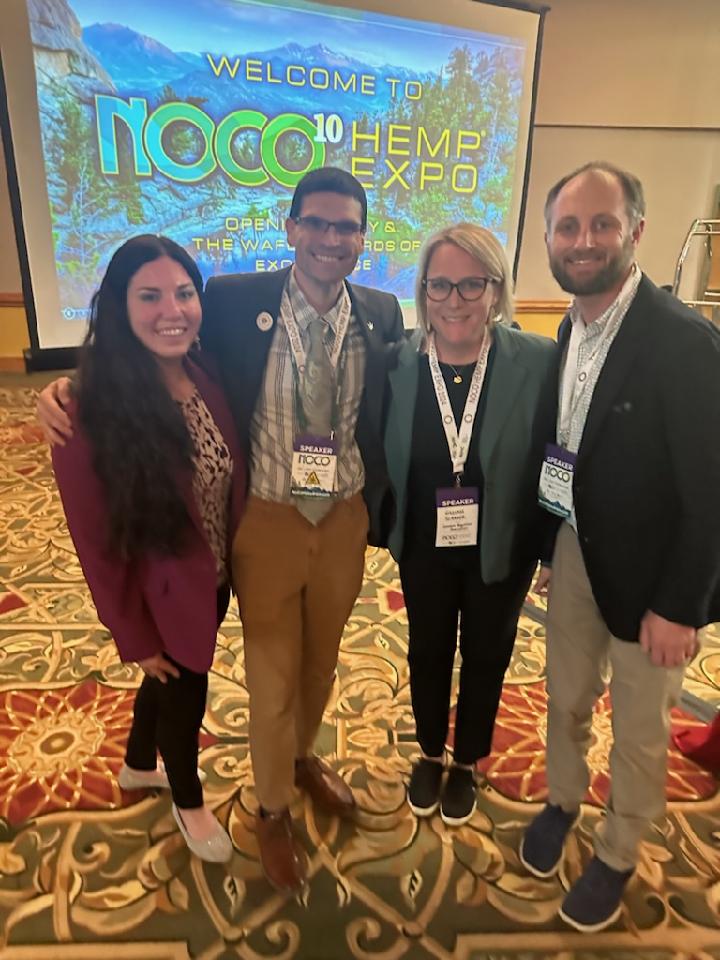
Keynote Panel
Kicking off the event on the main stage was a keynote address by Beau Whitney of Whitney Economics, addressing the economic outlook of the industry. Some key takeaways from his remarks included observations on the difficulty of market strategies due to constantly changing rules, prompting investors to have a “wait and see” approach to the industry. Currently, pricing has stabilized for cannabinoid biomass, and there is an overall increase in production for hemp fiber and grain, though more acres of hemp growth are needed to keep up with demand. The U.S. cannabinoid market boasts more than $28 billion potential, with cannabis sitting at a similar dollar amount. The illicit market, however, is estimated to hold $79 billion of the market. Whitney also noted that companies that intend to pursue the global market should do so by preparing for GMP/GAP certification.
ASTM Standards
The next panel heeded the call for the need for the development of minimum standards for consumer safety, as emphasized in the previous panel. The panel featured various experts who are involved in ASTM, including The GMP Collective CEO and Founder David Vaillencourt, along with Darwin Millard of TSOC, Alex Escher of Hemp Hollow Consulting, and Hunter Buffington of Agriculture Policy Solutions. Escher noted that there is not a one-size-fits-all protocol for testing hemp, but that safety is paramount in all applications. He offered a specific example of health and safety issues related to toxic dust concentration and pointed to a national story where an employee suffered fatal health issues while working in a cultivation facility. Occupational safety and health issues apply to the hemp and cannabis industry just like any other industry, and in-house safety protocols need to be central to every operation. Vaillencourt emphasized the importance of collaboration in creating viable and relevant market solutions, allowing collaboration between various stakeholders including biologists, chemists, economists, lawmakers, regulators, and more. He also encouraged further participation in ASTM International, a global standards organization that develops and publishes voluntary consensus technical standards for a wide range of materials, products, systems, and services. One way for participants to get involved is to become a member of ASTM and join the D37 Committee on Cannabis, and attend the upcoming USP-ASTM Workshop on Cannabis Medicine Quality happening in June in Philadelphia, Pennsylvania during the June Committee Week. Buffington, also an ASTM member, noted that the D37 Committee is collaborating with other non-cannabis committees to leverage information and expertise from other industries. Truly, there is no need to reinvent the wheel. Millard, who chairs multiple D37 subcommittees, says that the only way to commercialize the plant is through standards. Laws beget regulations, and this is where standards become the “meat on the bone.” A lack of industry-accepted standards will prevent market adoption, he warns. Each of these panelists have rolled up their sleeves at the table of standards development, and they all echoed the invitation for more industry operators and stakeholders to get involved in ASTM and join the collaborative effort.
Buffington noted that hemp currently boasts more than 27,000 uses, and Vaillencourt emphasized the trillion-dollar market potential of the plant. “How do we go from today at a billion-dollar economy to the future trillion-dollar economy? We do that through the development of standards,” says Vaillencourt. Given that Congress has already directed federal regulators through the National Technology and Transfer Advancement Act to defer to standards that represent a balance of interest and filter out bias through the rigorous consensus voting process, all stakeholders interested in seeing a viable marketplace with safe products must pull up their seats to the ASTM table and participate in the standards creation process.

3-Pillar Vision for the Future
After the lunch break, the second keynote speaker, Rod Kight of Kight Law, offered his vision for cannabis reform, including a 3-pillar approach to regulating hemp and cannabis, noting that “what’s good for hemp now is good for cannabis tomorrow.” The first pillar emphasizes strict control of access to minors, which includes age-gating and possible parental consent for minors. He also stated that this includes non-intoxicating products as we still don’t have the data to understand the effects on developing brains. The second pillar underscored the importance of Quality Control and noted that GMP standards are objective quality standards that prevent contaminants and protect consumer safety. The third pillar addresses proper labeling and marketing, which should be informative and standardized. He emphasized the importance of transparent disclosure to consumers based on objective national standards rather than state-specific standards and should include all other relevant quality standards. “All of this requires a federal-level solution,” Kight noted.
Regulatory State of the Union
In the next panel session, attendees heard a presentation on the 2024 regulatory “State of the Union” for the hemp plant. Panelists included Michelle Bodian of Vicente LLP, Jonathan Miller of U.S. Hemp Roundtable, Beau Whitney of Whitney Economics, and moderator Joy Beckerman of Hemp Ace International. The panel opened up with an icebreaker, asking panelists what they would like to see more of in the hemp industry. Bodian’s response pointed to the need for more definitions of hemp, in all of its forms, including the plant and its derivatives. Whitney noted that the current state of hemp creates confusion for regulators and law enforcement, and the lack of federal guidance creates problematic patchwork issues, creating heavy costs associated with aligning to various state rules. This ripple effect of keeping up with these costs can mean businesses close, employees lose their jobs, and states lose out on tax revenues, further underscoring the need for Congress to enact a new framework.
Lawmakers and Regulators Perspective
As the afternoon progressed, the next panel took the stage to address a regulatory path forward. Speakers included Rod Kight of Kight Law, Gillian Schauer of CANNRA, Tami Wahl, and Tyler Klimas of Leaf Street Strategies. Schauer began by explaining that CANNRA is a non-partisan, non-advocacy group with a focus on education, and that members of the organization include specific states and government agencies with the goal of learning from each other. She also provided clarity on the role of regulators, which is to implement the regulations that were passed in the ballot measures and to protect consumer safety while stabilizing businesses and not letting “one bad actor tank an entire industry.” She notes that at times, many aspects of the laws can become too scientifically dense for lawmakers and regulators who lack a scientific background. While discussing how the cannabinoid market can come together or overlay with current regulations, she underscored the need for more data, as well as standardized manufacturing, processing, and testing. Kight offered praise to CANNRA for attending the event and being present to listen and learn from the industry itself. He noted the crossroads we have come to, where hemp and cannabis are being marketed through two separate paths that have almost become at war with each other. “Now is the time to move forward,” he urged. Wahl emphasized the importance of product standards and data and the need for real-time data to ensure consume safety. “It is up to the brand holder to ensure their product is safe,” she said. As the panel wrapped up, Schauer pleaded for industry stakeholders to interact with regulators productively, and emphasized the distinction between who passed the law versus who has been tasked to enforce it. She noted the discouraging reality of regulators being harassed and receiving death threats, which she herself has also sadly experienced. (The GMP Collective webinar held on April 24, 2024 on bridging the regulatory gaps and challenges can be attended live on Zoom or the recording can be accessed on our YouTube channel.)

FDA Fireside Chat
In the final panel session of the day, attendees sat in on a fireside chat with Patrick Cournoyer, Senior Science Advisor at the FDA, and Garrett Graff, Managing Attorney at Moye White. The conversation began by clarifying the distinction between what was laid out in the language of the Farm Bill versus the authority the FDA holds. Cournoyer noted that the “Drug Preclusion Clause” creates one of several barriers that prevent cannabis and hemp from being included in food and dietary supplements, and underscored the importance of consumer safety in both the immediate, as well a need for high assurance that consumers will be safe consuming a substance over the long term. Cournoyer explained that the FDA CBD Policy Working group, established in 2019, which also opened a public docket for feedback and comment, found that CBD and CBD products should not be considered food or dietary supplements. Scientific studies found that high levels of CBD consumption can have negative interactions with certain drugs, interferes with the metabolization of caffeine, and can contribute to liver toxicity and reproductive issues. Based on these findings, safeguards should be put in place as we continue to seek a path forward. Cournoyer emphasized that the goal of the FDA is to be solutions oriented, provide technical assistance upon request, and that they want to hear from stakeholders as they continue to wade through these complex issues.
Overall, the day of panel discussions underscored the importance for industry stakeholders, consumers, and government entities to keep the lines of communication open and flowing as we continue to find the balance between the existing and future marketplace while ensuring consumer safety. Although cannabis and hemp have historically been seen as completely separate lanes, we now know that this is not the reality any longer. For example, how can non-cannabinoid areas of the industry like hempcrete production for building materials collaborate with hempseed producers of a nutritional product or livestock food? In what ways can we continue to truly “free the plant” in all of its 27,000 uses? As the complexities of both the cannabis and hemp industries begin to align and merge through clearer definitions of use and application, it becomes clear that we must all understand the various lanes we’re in and how to navigate the future together. The 10th Annual NoCo Hemp Conference offered a platform for these discussions to take place as this important and complex conversation continues to evolve. We look forward to seeing the results of these conversations go beyond the educational panel stage and into the day-to-day workings that will ensure our industry continues to not only survive, but thrive.




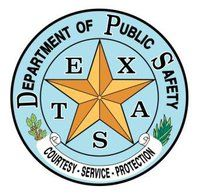 The Farm Bill also removed hemp from the Drug Enforcement Administration’s schedule of Controlled Substances and authorized states to submit plans to administer hemp programs, making sure to keep the THC of plants and products under 0.3%.
The Farm Bill also removed hemp from the Drug Enforcement Administration’s schedule of Controlled Substances and authorized states to submit plans to administer hemp programs, making sure to keep the THC of plants and products under 0.3%.

